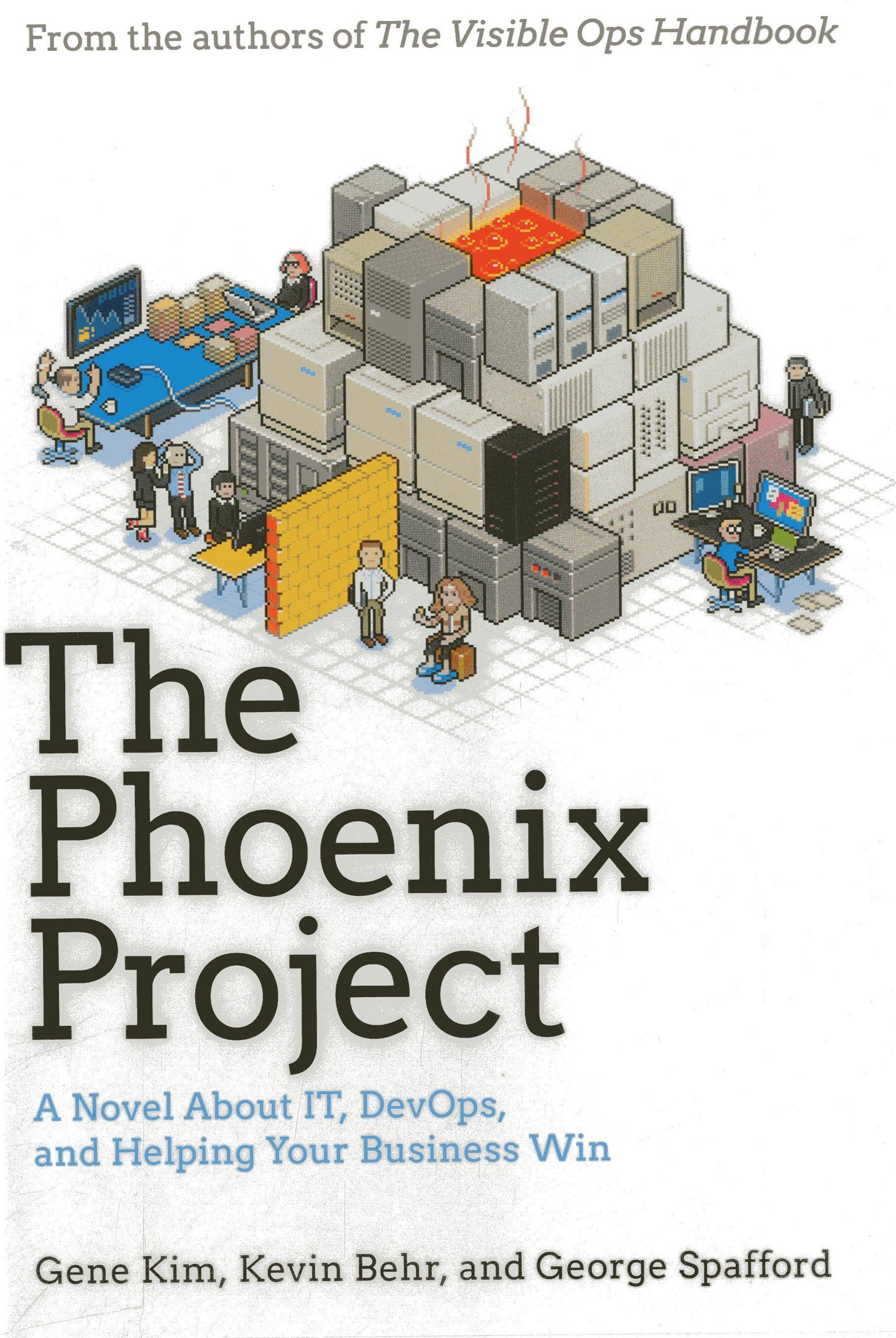
The business problems and context are revealed through the eyes of the main character ‘Bill’ who suddenly has responsibility for improving how the IT organisation produces valuable change for the business. The ideas covered in the book are standard Lean and Theory of Constraints stuff, with a little of David Anderson’s Kanban and some devops – especially Continuous Deployment as originally described by John Allspaw and Continuous Delivery.
What is DevOps exactly? According to Wikipedia, "DevOps is a software development method that stresses communication, collaboration and integration between software developers and information technology professionals." Through the use of DevOps developers can be more agile and usually have more frequent releases of code, which according to the book, increases the ROI on the code more quickly. From the IT operations side, it requires standardization in the test and production environments, along with automation of packaging the code releases, among other things including standardizing processes and troubleshooting techniques.
In The Phoenix Project, Bill discovers The Three Ways - a trio of principles used to improve the relationship between Dev and Ops, and to improve the processes used to control the throughput of work throughout the organisation. The Three Ways are as follows:
The First Way emphasizes the performance of the entire system, as opposed to the performance of a specific silo of work or department — this as can be as large a division (e.g., Development or IT Operations) or as small as an individual contributor (e.g., a developer, system administrator).
The focus is on all business value streams that are enabled by IT. In other words, it begins when requirements are identified (e.g., by the business or IT), are built in Development, and then transitioned into IT Operations, where the value is then delivered to the customer as a form of a service.
The outcomes of putting the First Way into practice include never passing a known defect to downstream work centers, never allowing local optimization to create global degradation, always seeking to increase flow, and always seeking to achieve profound understanding of the system (as per Deming).
The Second Way is about creating the right to left feedback loops. The goal of almost any process improvement initiative is to shorten and amplify feedback loops so necessary corrections can be continually made.
The outcomes of the Second Way include understanding and responding to all customers, internal and external, shortening and amplifying all feedback loops, and embedding knowledge where we need it.
The Third Way is about creating a culture that fosters two things: continual experimentation, taking risks and learning from failure; and understanding that repetition and practice is the prerequisite to mastery.
We need both of these equally. Experimentation and taking risks are what ensures that we keep pushing to improve, even if it means going deeper into the danger zone than we’ve ever gone. And we need mastery of the skills that can help us retreat out of the danger zone when we’ve gone too far.
The outcomes of the Third Way include allocating time for the improvement of daily work, creating rituals that reward the team for taking risks, and introducing faults into the system to increase resilience.
- The Three Ways
- Wait time is proportional to percentage busy
- Kanban boards
- WIP up means delivery performance down
- Protect and elevate your constraint
- Kata
- The COBIT goals cascade (though they don't call it that, they call it "magic glasses")
- Agile
- Chaos monkeys
- DevOps automation
To learn more about concepts from the book:
http://itrevolution.com/learn-more-about-concepts-in-phoenix-project/
No comments:
Post a Comment